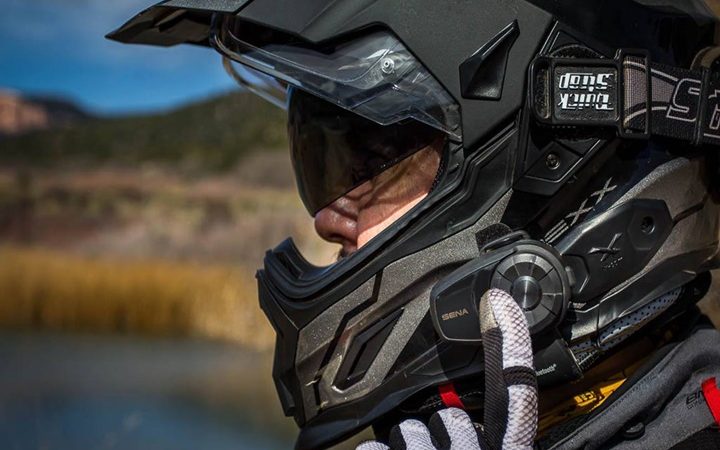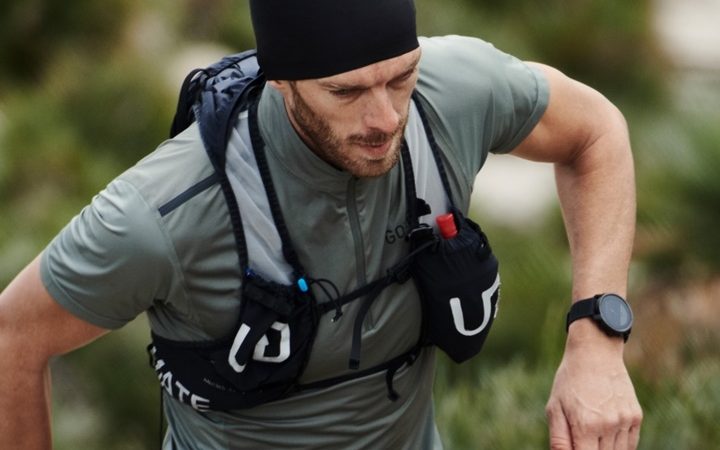Can You Wear a Fitness Tracker on the Ankle?
![]()
Fitness trackers are pretty popular, but due to the fact that a smart dress code is almost a rule for the vast majority of corporate businesses, people don’t get to wear them for a good portion of a (work) day.
Since fitness trackers collect data during the entire day, you don’t want them sitting at home and collecting dust. Today we’re going to talk about whether or not you can wear a fitness tracker on your ankle, and why should you even consider it.
Contents
Can you wear a fitness tracker on the ankle?
In short words – yes, you can. Even though you’ll see dozens of advertisements where people typically wear them on their wrists, there are no actual reasons why you shouldn’t wear one on your ankle.
Now, people who are not too well acquainted with how fitness trackers work probably aren’t aware of the fact that they’re fully functional while in contact with the wearer’s skin; it doesn’t really matter much where you’re actually wearing them. However, there are a couple of pitfalls to wearing a tracker on your ankle, as well as numerous benefits. Let’s dive a bit deeper into details, shall we?
How fitness trackers work
Now, due to the fact that every manufacturer utilizes different technologies, each fitness tracker works a bit differently and, obviously, comes supplied with a different set of features. However, what they all have in common is that they are all outfitted with a motion sensor (or several sensors) that picks up body movement and heart rate while deriving other parameters from these main two.
Essentially, a standard fitness tracker packs an accelerometer sensor – a special type of sensor that detects motion and tracks your ‘pace’ at the same time. These sensors recognize ‘body movements’, which basically means that they’re active for as long as you are moving your arms, legs, or both. So, how does it work when you’re wearing a tracker on your ankle?
Is wearing a fitness tracker on the ankle able to provide you with more accurate readings?
Some people have had difficulties obtaining reliable and precise data from their fitness tracker while wearing it on their wrist. Trackers basically monitor the movement of your arms and use this to calculate your pace and traveled distance. However, some older accelerometer sensors aren’t so great for certain activities like running, jogging, or swimming.
The sensor does not differentiate arms from legs – it simply monitors the speed, distance, and velocity of the limbs.
What people seem to be the most concerned about regarding wearing a fitness tracker on the ankle is whether or not it will be capable of monitoring the wearer’s heart-rate, BPM, and similar pulse-based parameters.
Simply put, for as long as your fitness tracker is contacting your skin, it will be able to ‘find’ the pulse. In other words, you’ll be able to monitor the aforementioned parameters regardless of where you are wearing your tracker.
This being said, wearing a fitness tracker on your ankle will give you accurate and reliable data in almost every case.
Accelerometer and Altimeter – how they behave when you’re wearing a fitness tracker on your ankle
Some of the first fitness trackers were only able to monitor two main parameters – total distance traveled and the pace of your heartbeat. This basically means that these models were a combination of a GPS married with an EKG device.
The oldest models featured the first generation of accelerometer sensors that was only able to recognize arm movements.
This means that if you’re using some of the first Garmin smartwatches or fitness trackers (models released in 2006-2007), you’re going to need to wear them on your wrist because their accelerometer sensor is pretty outdated and not capable of picking up movements from any other limb than the arms.
Newer models feature 3-axis sensors and a newer version that was specifically meant to monitor ‘altitude’ changes, called the altimeter. With these two on board, new fitness trackers can now monitor steps, burnt calories, blood pressure level, and scaled floors.
The accuracy and reliability of these sensors are absolutely the same regardless of whether you’re wearing your fitness tracker on your wrist or on your ankle. What’s the only thing that matters in this particular scenario? These sensors need to contact your skin; this means that you can even wear them strapped to your elbow or around your knee, just don’t wear them in your pocket.
Frequently Asked Questions
Yes, you can wear your fitness tracker on your ankle, but where else do people normally wear their trackers? Are there specialized trackers that were purposefully designed to be worn on an ankle? In this section, we’ll answer questions such as these:
Where do people normally wear their fitness trackers?
Fitness trackers and smartwatches serve a relatively similar purpose and they’re typically worn in the same place – the wearer’s wrist. Now, some people can’t wear their trackers like that due to special dress codes on their work; others don’t like the feel, so people are always searching for alternatives. Aside from wearing a fitness tracker on an ankle, people also tend to carry it around in their pocket.
Is ‘fit’ important? Are all fitness trackers adjustable and suitable to wear on an ankle?
Generally speaking, the fit is always important if you want to feel comfortable wearing what you want to wear. In this case, we can perceive fitness trackers as accessories, but in terms of their functionality, given the fact that most models are fully adjustable, you can wear almost all of them on an ankle, wrist, or in a pocket. Fitness ‘smartwatches’, on another hand, aren’t suitable to wear on an ankle.
Do specialized fitness trackers designed to be worn on an ankle exist?
Even though it might be a bit of a stretch to call them ‘ankle-exclusive’ fitness trackers, certain models exist that are a bit more suited for this particular type of use. Basically, models such as Garmin’s Foot Pod work best if worn on an ankle.




